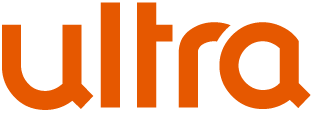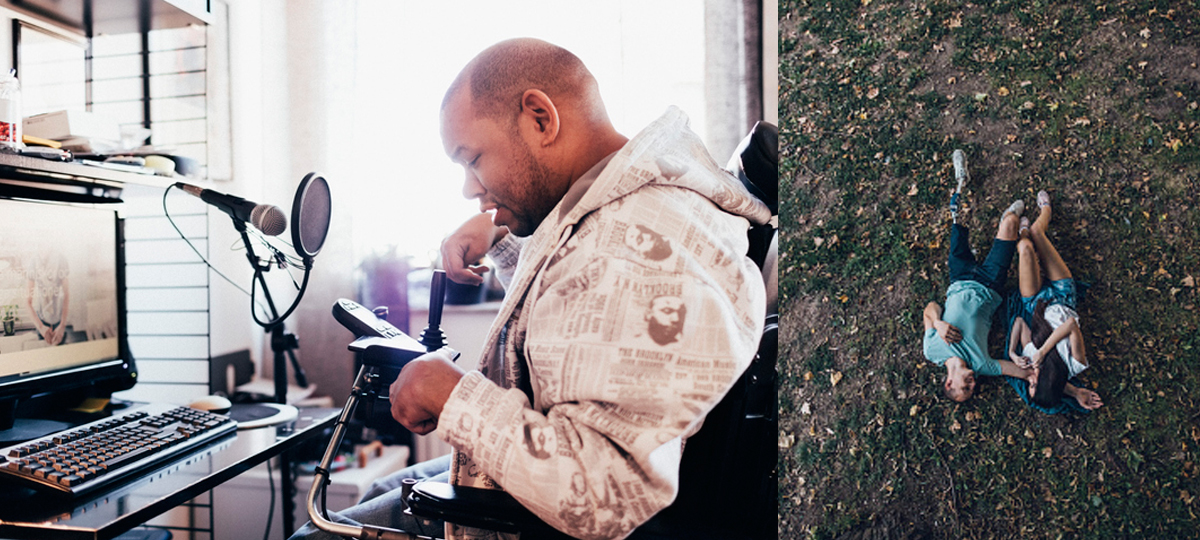Design And Disability
In recent years there has been a movement to drop the stylized, photoshopped, and “idealized” depictions of people in advertising campaigns in an effort to show “real and authentic" imagery. Companies and retailers began including more people of all sizes, shapes, and skin tones. They have increased the depictions showing a wider range of LGBTQ+ identities and relationships. And as the understanding of who represents “real and authentic” starts to broaden and diversify, companies - via actual consumers - are being pushed to provide more inclusive, representative, and accessible design for (and with) people with disabilities.
The population of Americans with a disability is on the rise. In fact, 1 in 4 consider themselves disabled in some way. It is crucial and natural that they be included in advertising campaigns. In census data, the majority of them defined their disability as seeing, hearing, or speaking limitations, followed next by mobility issues. Beyond that, many people have “invisible disabilities”, and/or more than one way in which their disability presents itself.
INCLUSION
We’re seeing brands like Doritos, Aerie, Nike, Gerber and Toyota elevating the visibility of those with disability in their ad campaigns. For example, Peter Dinklage, of Game of Thrones fame, who has achondroplasia, was featured in the Doritos Super Bowl Ad in 2018. Gerber chose, Lucas Warren, a baby who has Down syndrome as its brand ambassador for 2018.
This year, Getty Images, a stock photo house, built up their library with more inclusive work as they attempt to break stereotypes and rebrand the way the world sees people with disabilities. Getty says it does so by “depicting everyday life first, disability second.”
They are challenging photographers to bring the subject’s “whole self to the photo.” It’s about showing them in their everyday lives, in relationships, with family, significant others, and friends, in leisure and at work.
Ultimately, Getty’s work attempts to elevate “diverse narratives that can alter perceptions.
Children’s programming has been actively ramping its inclusive efforts. Sesame Street introduced Julia, a girl with Autism, in recent seasons and this year created a storyline around the introduction of her family. Peppa Pig, a popular animated children’s program introduced Mandy Mouse, a character who uses a wheelchair.
Normalizing disability through inclusion provides a broader spectrum of diversity where visible and invisible differences are a part of every day. Seeing more people with disabilities in our media can help change the way people encounter, engage, and interact with others in the real world, and hopefully change the way non-disabled people view disabilities.
ACCESSIBILITY
By increasing the usability, ease, and availability of products for people with a disability, companies help create accessibility. When done well and in conjunction with disabled persons, some of these often simple adjustments can make a big difference in the scope of a product’s reach, and in the equity it may help provide.
Kellogg’s Rice Krispies Treats added free Braille sticker sheets to their “Love Notes” treat packaging when they realized that not all families had the same ability to communicate with the original written notes, as the packaging intended.
IKEA’s ThisAbles project created “smart hacks” that made every day IKEA items accessible, via 3D printable files. IKEA invited product engineers and people with disabilities to participate in a “hack-a-thon” together creating ways to improve their daily experiences. IKEA’s designers then took the ideas and produced them, eventually creating an “accessible living space” display in their stores and the resulting products are available to download and print for free.
LEGO, via its LEGO Foundation, is releasing bricks with Braille with the intent of creating a tool for blind students to learn alongside their sighted classmates. The bricks allow users to create words and sentences, as well as math problems with the possibility of “correcting” a mistake, as opposed to Braille typewriters which raise the paper and can’t provide corrections.
The company agreed to undertake this endeavor after a number of prods from designers and institutions who had worked on the idea via Kickstarters and private funding.
REPRESENTATION
There is tension, however, in designing products meant for disabled people, and that is whether the target consumer is included in the creation.Designing with individuals with disabilities separates itself from designing for them. Because individuals with disabilities contributed to the creation process, these efforts and campaigns have an authenticity and richness that others lack.
P&G's inclusive design for Herbal Essences hair products features subtle textural differences.
Proctor and Gamble released a subtle design change on their Herbal Essences hair care bottles, small textural bumps, that enabled low vision or blind consumers to easily identify which is shampoo and which is conditioner. The idea was created by Sumaira Latif, who is blind and a consultant for P&G’s inclusive design.
AUTHENTICITY
As companies continue to diversify their understanding and visual representation of the disability community, there continues to be a learning curve as to how to best optimize several influencing factors. From corporate missions to the expertise of those with disabilities themselves, it’s about finding ways to elevate the overall brand experience and ultimately help change the narrative. If these elements can’t align authentically, things can feel off.
Some amazing efforts feel flat when the a company states they are “doing good” simply by including a group of people for business purposes, or without living up to those ideals within their own corporate cultures, or by featuring people with disabilities as “inspiration” to sell products to people without disabilities.
The choice of Lucas Warren to represent the Gerber baby was seen as monumental by some within the Down syndrome community. Others felt outrage and anger as GerberLife, a sister company to Gerber, which is a life insurance company (both under the Nestlé) does not insure children with Down syndrome. The conflict is clear and the messaging is mixed.
Authentic representation, accessibility and inclusion happen when people with disabilities not only have a voice, but are able to bring their experiences, their talents, and their views into the conversation as equals. Corporations need to look within their own walls at policies and purposes that may undermine their message. Companies and designers need to trust persons with disabilities in their own expertise, and take care to listen and let them lead and direct how they wish to be represented, depicted, and assisted.
This kind of societal change won’t occur overnight, but hopefully with real intentions, integrity, and a deep understanding of the value of all people, these endeavors will continue and with it -- the visibility, opportunities, and participation of people with disabilities, which makes the world we represent in campaigns as real and authentic as it can be. We have a lot of work to do.
---
*Note – in this article we chose to use “person-first” language when describing people with disabilities. We respectfully realize that many communities and people may choose different language in which to own or claim their disability.
Ultra reached out to disability experts and hopes to update this content and include any commentary on how those within the community view these design and advertising efforts.


